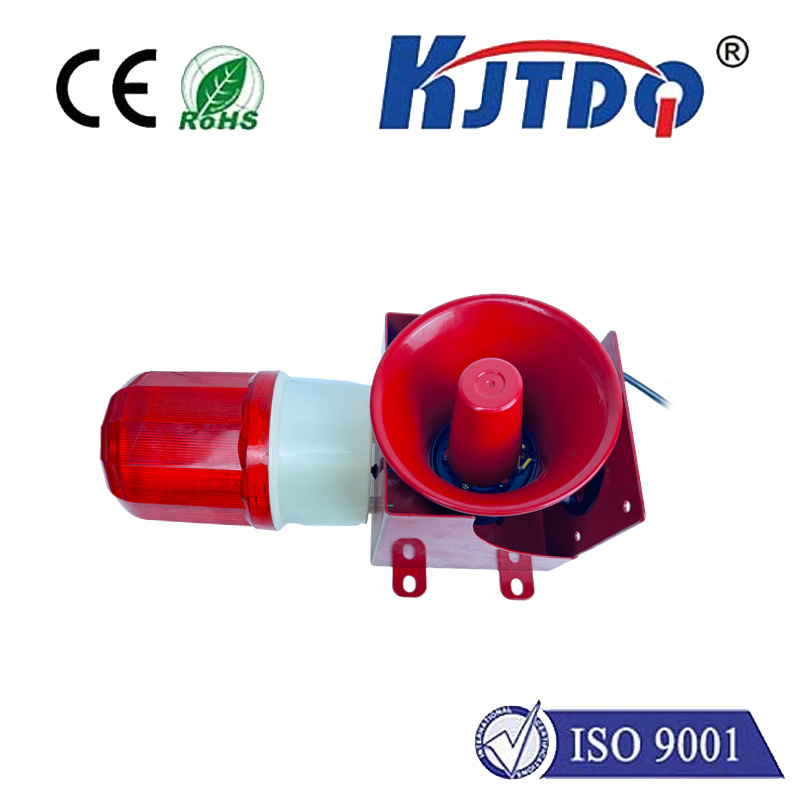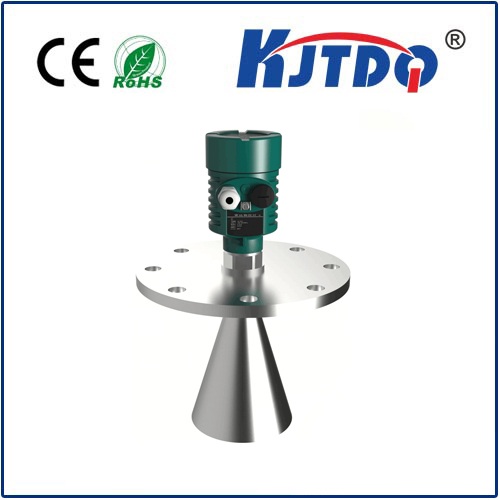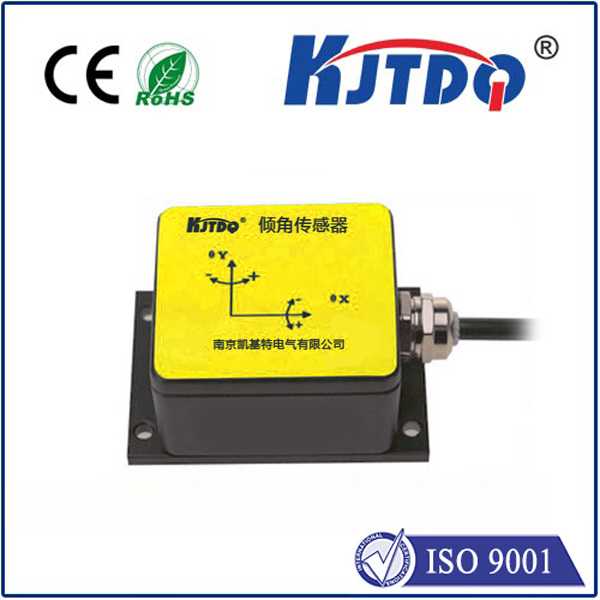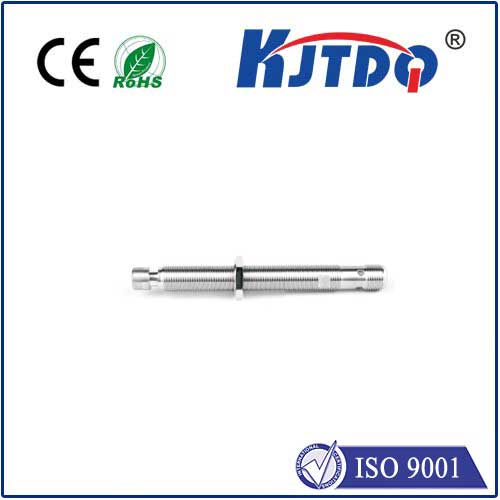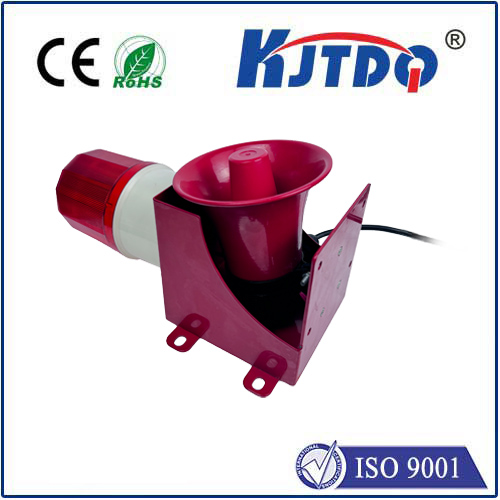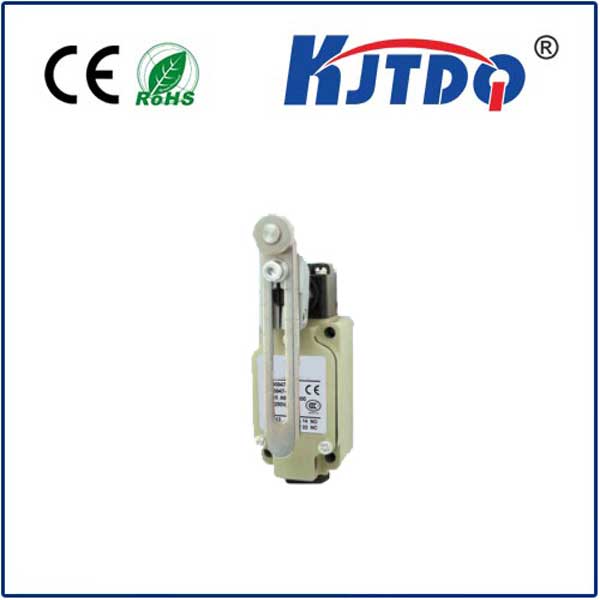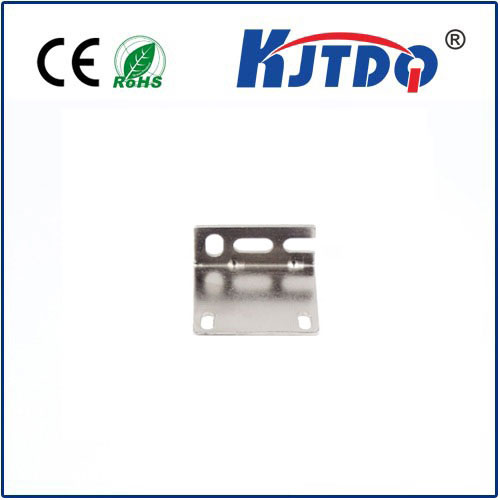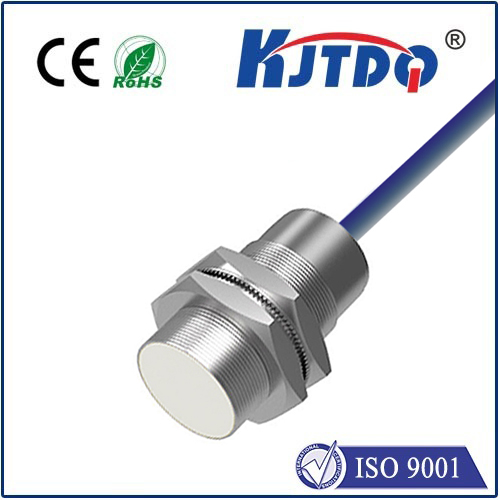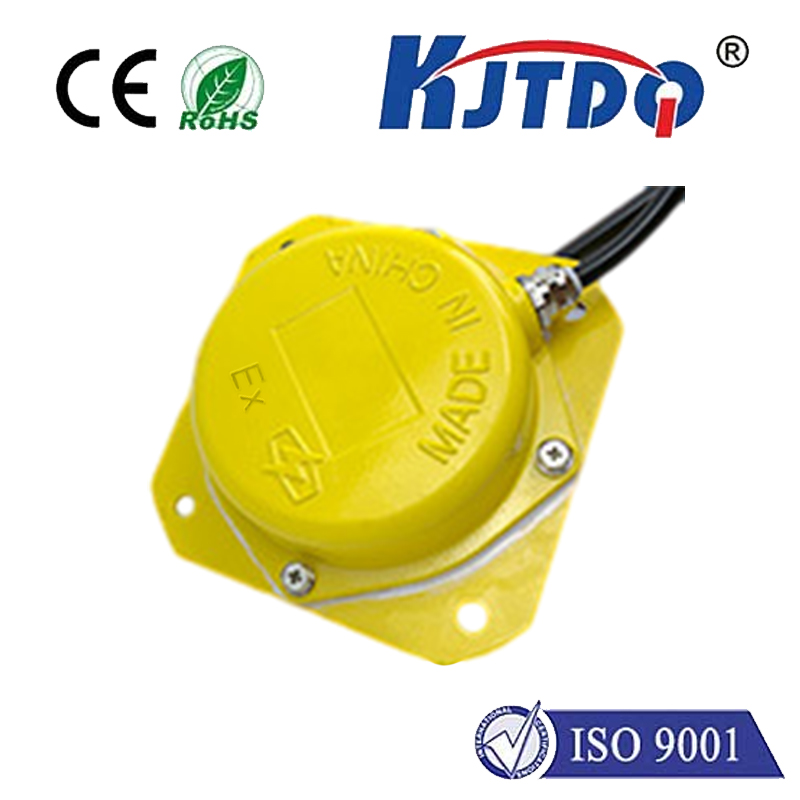
check

check

check

check
As technological advancements continue to shape our world, one innovation that has gained significant attention is the prox sensor. These tiny devices have the ability to detect and measure physical proximity, opening up a vast array of possibilities in various industries such as healthcare, manufacturing, and transportation. In this article, we will delve into the capabilities of prox sensors and their potential impact on modern society.
Prox sensors have been around for quite some time, but it is only recently that their true potential has been realized. These sensors work by measuring the distance between two objects, typically using laser technology or ultrasonic waves. The data collected can then be used for various purposes, such as tracking the movement of individuals, monitoring medical equipment, or even ensuring the safety of industrial machinery.
One of the key advantages of prox sensors is their flexibility. They can be integrated into a wide range of devices and applications, making them highly versatile. For example, in healthcare, prox sensors can be used to monitor patients' vital signs and alert medical personnel if any changes are detected. In manufacturing, they can be used to ensure the accuracy of assembly lines and prevent accidents. And in transportation, they can be employed to track the location and condition of vehicles in real-time, improving efficiency and reducing costs.
Despite their many benefits, there are also some challenges associated with prox sensors. One of the main concerns is privacy, as these devices can potentially collect sensitive information about individuals. Additionally, there are technical limitations to their accuracy and range, which may limit their usefulness in certain situations. Nevertheless, as technology continues to improve, it is likely that these issues will be addressed, leading to even greater opportunities for prox sensors in the future.
In conclusion, prox sensors are a powerful tool with immense potential in various industries. From healthcare to manufacturing to transportation, these tiny devices are changing the way we interact with technology and each other. As we continue to explore their capabilities and limitations, it is clear that prox sensors will play an increasingly important role in shaping the future of our society.
